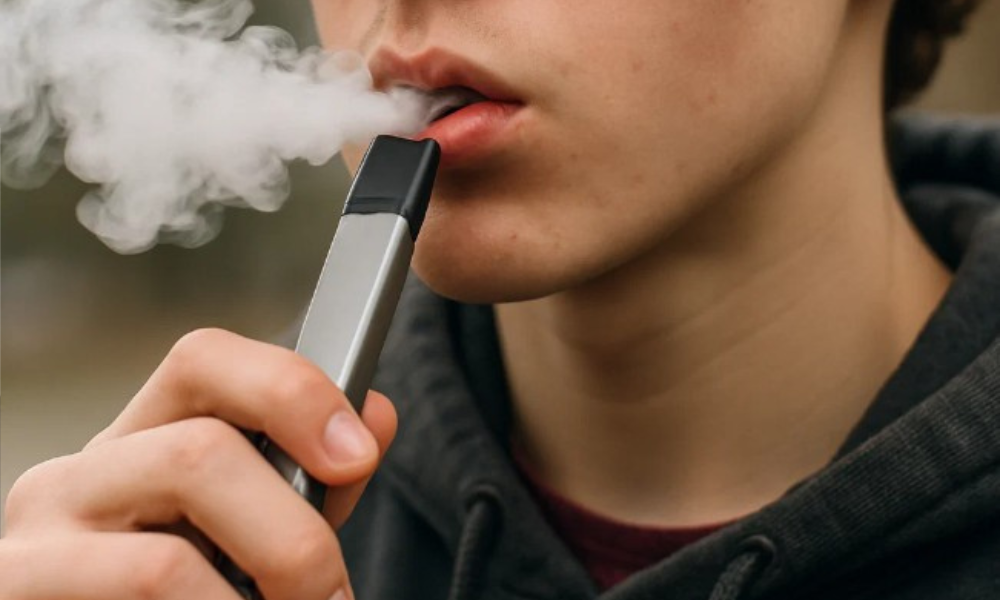
In May 2023, Federal Health Minister Mark Butler flagged vaping as the number one behavioural issue in high schools. At that time, studies showed that 18% of young people had tried vaping.
However, in recent times, this number has fallen, thanks to schools and communities doubling down on the issue.
Data from the Generation Vape study shows that in 2025, 15% of young people aged 14-17 have tried vaping – a welcome decline from 2023.
One initiative that has shown tremendous success is the OurFutures Institute Vaping Prevention Program – hailed as one of the most successful school-based strategies in the world for curbing youth e-cigarette use.
A recent study published in Lancet Public Health shows the program reduces the likelihood of adolescent vaping by a whopping 65% compared to standard health education.
Led by Dr Lauren Gardner and Prof Nicola Newton at the Matilda Centre for Research in Mental Health and Substance Use at the University of Sydney, the study involved more than 5,000 students across three Australian states, making it the largest trial of its kind.
A solid foundation in evidence
Dr Gardner and Ken Wallace, CEO of OurFutures Institute, said the most effective aspect of the OurFutures Vaping Prevention Program is its solid foundation in evidence.
“It’s Australia’s only evidence-based vaping prevention program, trialled with over 5,000 students across more than 40 schools in 3 states, and has been shown to reduce the likelihood of students vaping by up to 65% compared to standard health education,” Dr Gardner and Wallace told The Educator.
“Another strength is the curriculum alignment and ease of implementation. The program is mapped to the PDHPE curriculum across all states and comes with ready-made resources that require minimal teacher preparation.”
Dr Gardner and Wallace said this makes a big difference for busy staff and helps ensure the program actually gets used.
“It’s also fully funded by the Federal Department of Health, meaning there’s no cost to schools, a huge plus when we’re trying to balance budgets without compromising student outcomes.”
‘We still have a long way to go’
Dr Gardner and Wallace said while she and the research team are pleased to see a decline in vaping since the regulations were introduced to reduce the supply of vapes in Australia, these rates are still unacceptably high.
“We still have a way to go,” they said. “This highlights the critical need for effective demand-reduction approaches – such as the OurFutures Vaping program – to be implemented alongside the supply-reduction strategies.”
Dr Gardner and Wallace said these approaches ensure that young people are being equipped with the knowledge and skills to make informed decisions for their health and wellbeing, adding that the OurFutures Vaping program was tested in a randomised controlled trial – the gold standard for evaluating the efficacy of a program.
“There are currently no other programs in Australia that have undergone a rigorous evaluation like this, so we simply don’t know if they are effective at preventing or reducing vaping, or even if they do harm,” they said.
“For this reason, I strongly encourage schools to only implement evidence-based programs, and the OurFutures Vaping program is currently the only school-based vaping prevention program in Australia that is proven to reduce student’s likelihood of vaping.”

